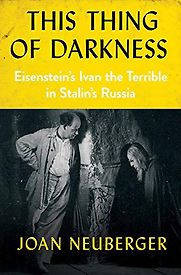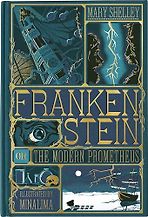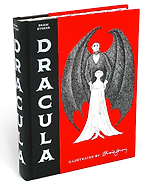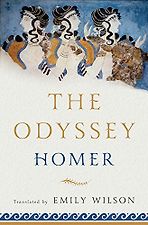Recommendations from our site
“Again, the question is the same one that Brian asks in his book. Here is an artist at the court of a dictator. As an artist he depends on that dictator, even more than Sholokhov does. To make a film you need funding, you need infrastructure, all sorts of things. Eisenstein is also an artist who is really married to the cause, with Battleship Potemkin and other films. He is a symbol of Soviet cinema, making films about the revolution, promoting it and legitimizing it. He really does a lot of things that Stalin likes. But he remains an artist. I interviewed Joan and I said, ‘It’s about subversion, maybe?’ and she said, ‘No, it’s more than that. Everyone talks about subversion.’ In the second part of Ivan the Terrible, more than in the previous part, he really struggles with issues of authority, power, corruption of power, and so on and so forth. And eventually the film is shelved. They don’t show it. From that point of view, it’s a trajectory different from Sholokhov’s. Sholokhov was never really shelved. It’s another trajectory of how a talent functions and tries to survive being dependent on the dictator, but also being in opposition to the dictator.” Read more...
The Best Russia Books: the 2020 Pushkin House Prize
Serhii Plokhy, Historian






